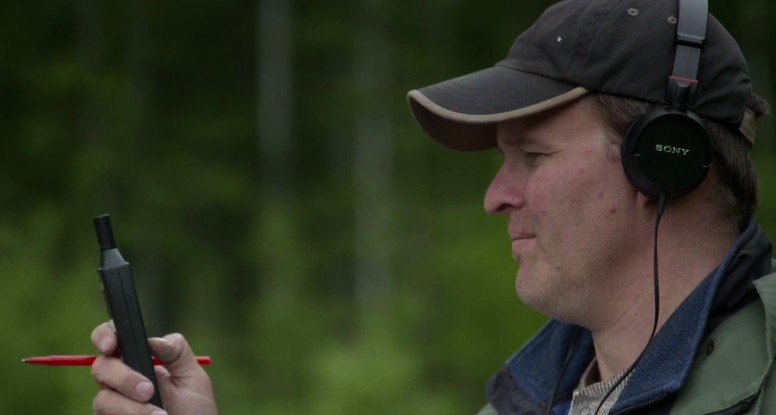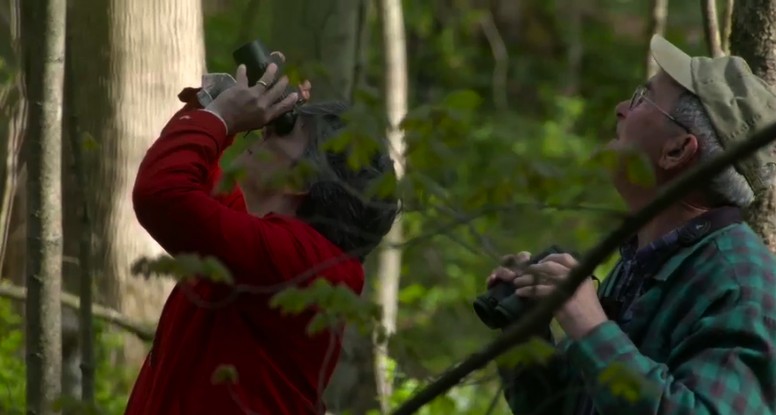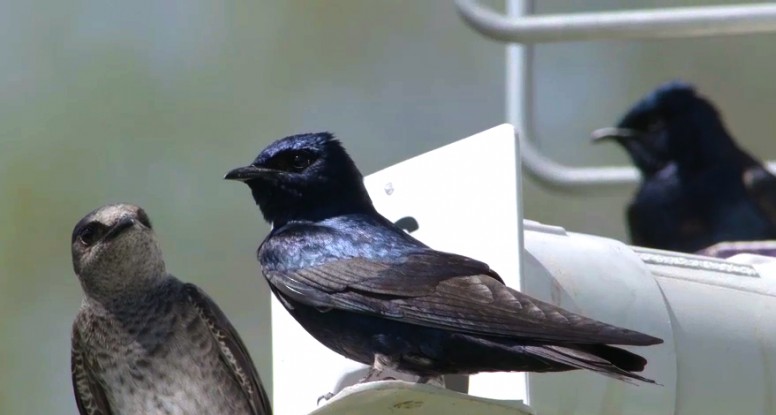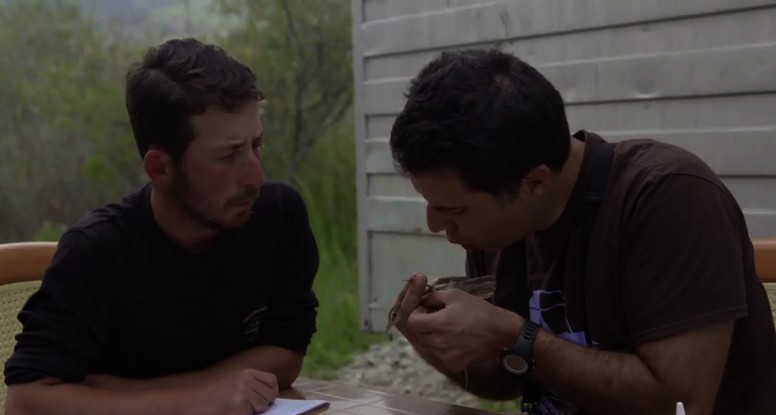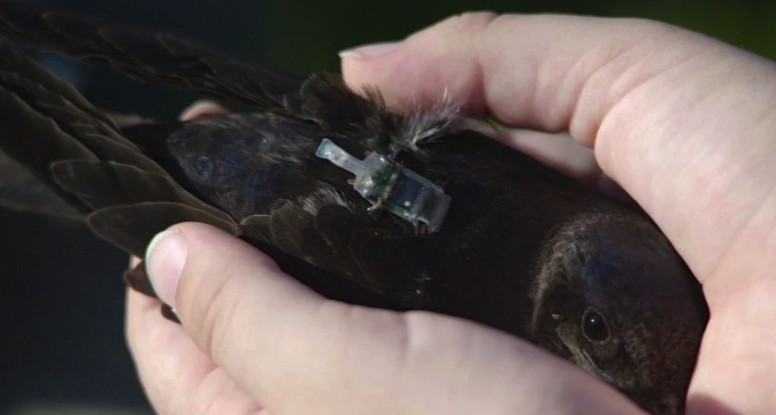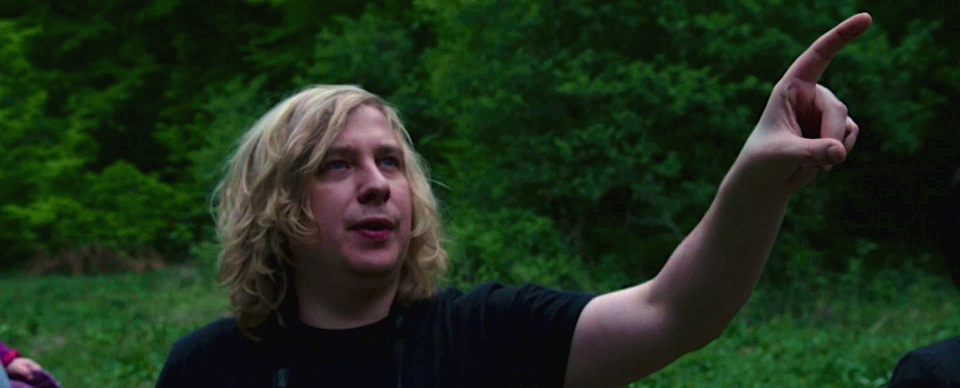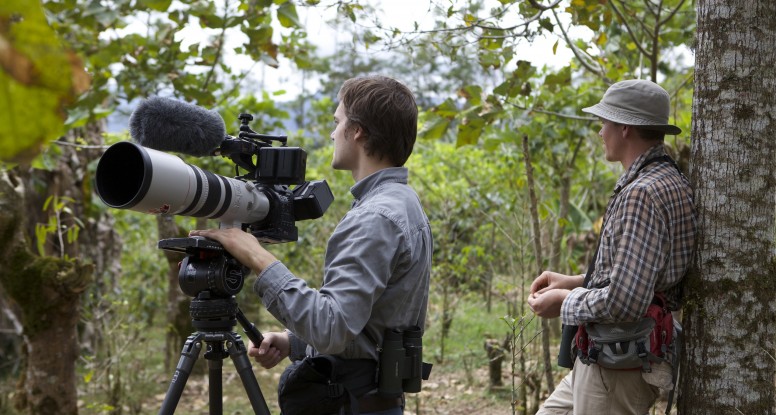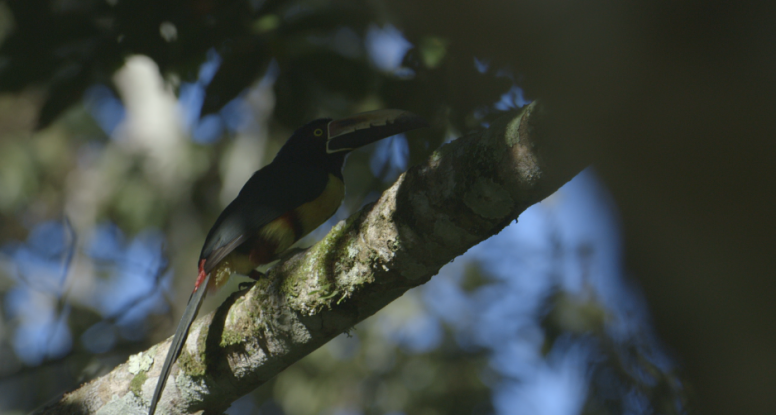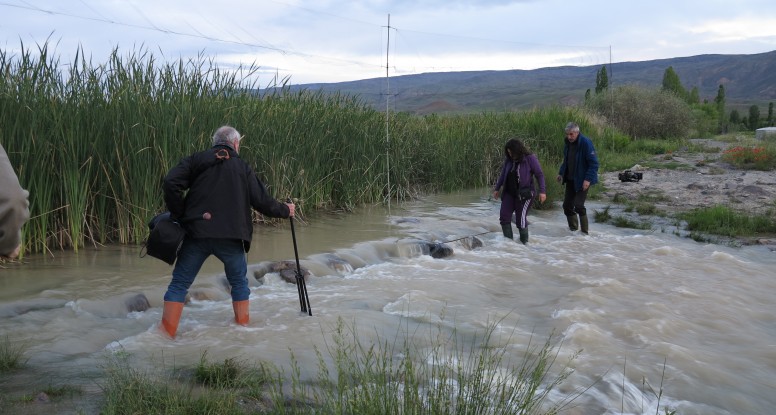On Saturday, May 10 2014 thousands of birders across the globe will be celebrating International Migratory Bird Day (IMBD). We checked in with the experts we interviewed in the film to see what they are doing on this special day.
Robert Rice is the acting director of the Smithsonian Migratory Bird Centre, which founded International Migratory Bird Day in 1993 in Washington, DC. The event has grown to involve more than 700 events in North America each year. This year, Robert will be going to the Okanagan Valley’s Meadowlark Festival to give a keynote address at the opening event.
In Northern Alberta Erin Bayne is too busy with his fieldwork deep in the Boreal forest to plan anything out of the ordinary for Migration Day. This spring field season involves coordinating fourty people with work like setting up recording devices, banding for migration studies, and teaching new students about banding, telemetry and behavioural observations.
Ornithologist Bridget Stutchbury will be spending the day with her husband Gene (also an ornithologist) birding around their farmhouse in northern Pennsylvania. She has been trying to attract her favourite bird, the Purple Martin, to the property for years and usually goes to the Purple Martin Conservation area in Erie, Pennsylvania to get her fix. The species’ natural habitat is tree cavities, which are very scarce, so Bridget built a birdhouse colony in hopes that they will thrive in the area. Bridget spotted a Purple Martin on April 6, her earliest sighting yet.
Everyday is Bird Day for Bill Evans. He works on his nocturnal monitoring project every day of the year. Each morning this spring, Bill has been analyzing migration flight calls gathered from six recording stations. Peak migration season is fast approaching, so this is an especially exciting time for his team. On Saturday, Bill will be doing his normal daily routine: crunching bird call data from across the continent to put online on his site OldBird.
Andrew Farnsworth has a busy day of birding in New York City planned for Saturday. The night before, he will be watching weather radar to see how migration is proceeding across the United States. If the skies are clear and the winds are southerly, he will be listening to flight calls in the early morning hours. He will be in New Jersey just after dawn, birding in the DeKorte, Liberty and Secaucus areas, and perhaps to Rumson and Sandy Hook. Later in the afternoon he’ll hit Central Park.
The team at the Aras Bird Banding Station in Turkey has a very busy day planned; they will be banding and releasing birds for an audience of children, students, and members of the public. The district’s director of conservation will also be there. Cagan Sekercioglu, the director of the Aras Conservation would normally be there but he is getting married!

